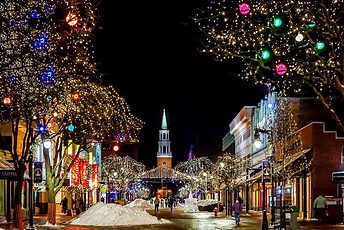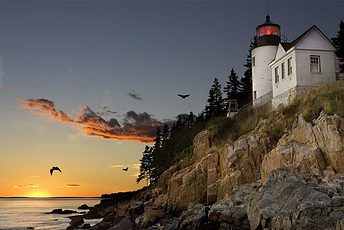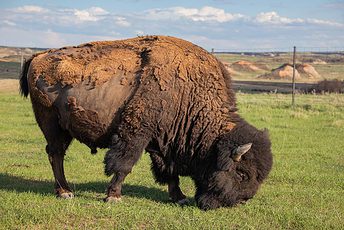Looking for More Than Just a View
Most people start with the usual list when searching for things to do in North Carolina: mountains, beaches, and barbecue.
That part's easy. But once you've seen the lighthouses and driven the Parkway, you start noticing what doesn't fit on a brochure.
Old textile mills now hold music venues. Trailheads begin where mining roads used to end. One town might run on ferry timetables, while another fills up only on Saturday mornings for college football.
What pulls you in here rarely announces itself. You notice it late, usually right before deciding to stay longer.
How Time Really Works in This State
In North Carolina, leisure doesn't follow a template.
On the coast, tides set the rhythm. In the mountains, there is snowfall and trail reports.
The Piedmont cities, scattered between them, drift with semester breaks and tournament brackets.
People don't just visit, they slot themselves into these patterns.
Off-roaders hit the Uwharrie trails that opened in the '70s.
Wine tourists move through the Yadkin Valley, where the AVA stamp in 2003 helped put it on the map.
The interests vary, but the habit sticks: weekends are defined by purpose, not by impulse.
What shapes that rhythm is older than tourism. Pisgah was logged out before it became a national forest in 1916.
Wilmington's port once moved naval stores, now it moves film crews and plates of shrimp and grits.
Across the state, the structures are still there. People have just found different ways to use them.
10 best places to visit in North Carolina for your next vacation
- The Biltmore
- Blue Ridge Parkway
- Brevard Music Center
- Chimney Rock State Park
- Crabtree Falls
- Duke Gardens
- Lake Norman State Park
- Mountain Gateway Museum and Heritage Center
- Cape Hatteras
- The North Carolina Museum of Art
Mountain Escapes: Roads That Keep Climbing
North Carolina's mountains don't just rise, they press back.
The Blue Ridge Parkway started in 1935 and is still working fifty years later.
It traces the ridgelines like it's trying to stay out of sight. Every curve feels earned.
Grandfather Mountain holds its elevation with bare rock, weathered trees, and a bridge that's been swaying since 1952, a mile above sea level.
Linville Gorge falls hard and doesn't hand out second chances.
Even marked trails feel temporary. To the west, the Smokies wrap the border with Tennessee: old mountains, wet forests, and long hikes.
People don't visit to relax. They go because the terrain decides.
Coastal Adventures: Wind, Water, and Roads That End
The Outer Banks don't wait for you to figure them out.
Highway 12 gets wiped out so often that the state has asphalt in rotation.
In 1999, the Cape Hatteras Lighthouse, already moved once in 1870, had to be relocated again, nearly half a mile inland, just to survive the surf.
Jockey's Ridge isn't stable either. Its height shifts year by year, and it is shaped by wind and nothing else.
Ocracoke sits at the end of the line, ferry-only, no shortcuts.
And back in 1903, the Wright brothers didn't choose Kill Devil Hills for drama.
They picked it because the sand was firm, and the air moved the right way.
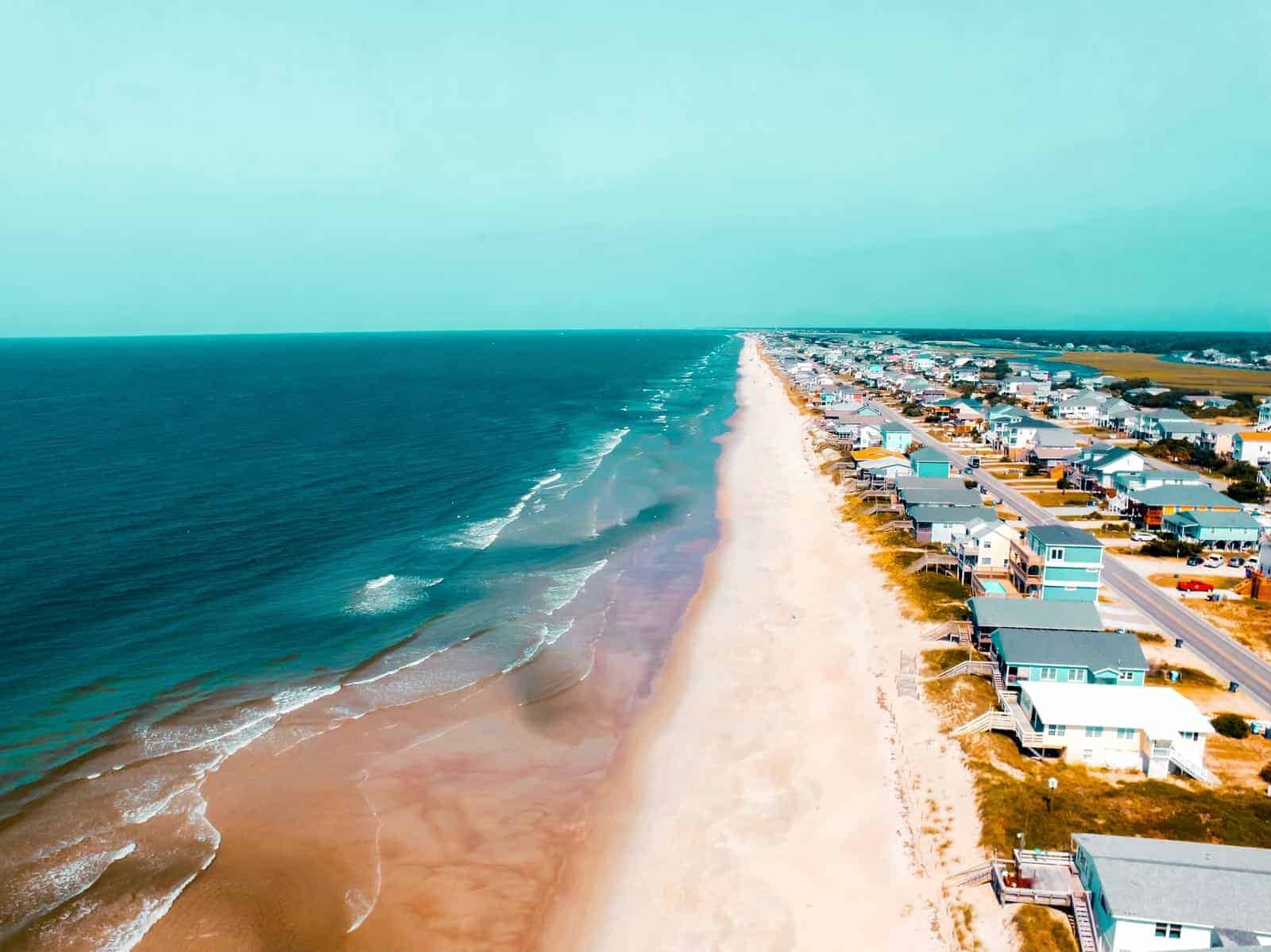
Historic Sites: What's Still Standing After the Use Has Changed
The Biltmore is hard to miss.
Built in 1895, it's the largest private home in the country, 250 rooms, stone balconies, glass roofs, nothing modest about it.
But you don't need size to carry weight.
In Winston-Salem, Old Salem holds quiet authority: brick houses, still-used ovens, and streets laid out in 1766 by Moravians who cared more about utility than charm.
On the coast, Bath got its charter in 1705 and never grew large.
That church by the water, built in 1734, still hosts services.
These aren't spaces preserved for show. They stayed useful, and that kept them alive.

Cultural Experiences: Museums That Don't Feel Like Assignments
Some museums expect you to move quietly. Others make you stop.
The North Carolina Museum of Art doesn't fence itself in, its campus stretches out for more than 160 acres, with trails, sculpture, and open space blending into the building.
Inside, you'll find Roman busts next to contemporary North Carolina painters.
Downtown, the Museum of Natural Sciences makes no attempt to whisper.
Live labs hum behind glass, and the whale skeleton hanging overhead doesn't let you ignore it.
In Cherokee, the Museum of the Cherokee People doesn't explain history; it states it.
Forced removals, language loss, and treaties broken.
The tone stays even. That's what makes it hit harder.
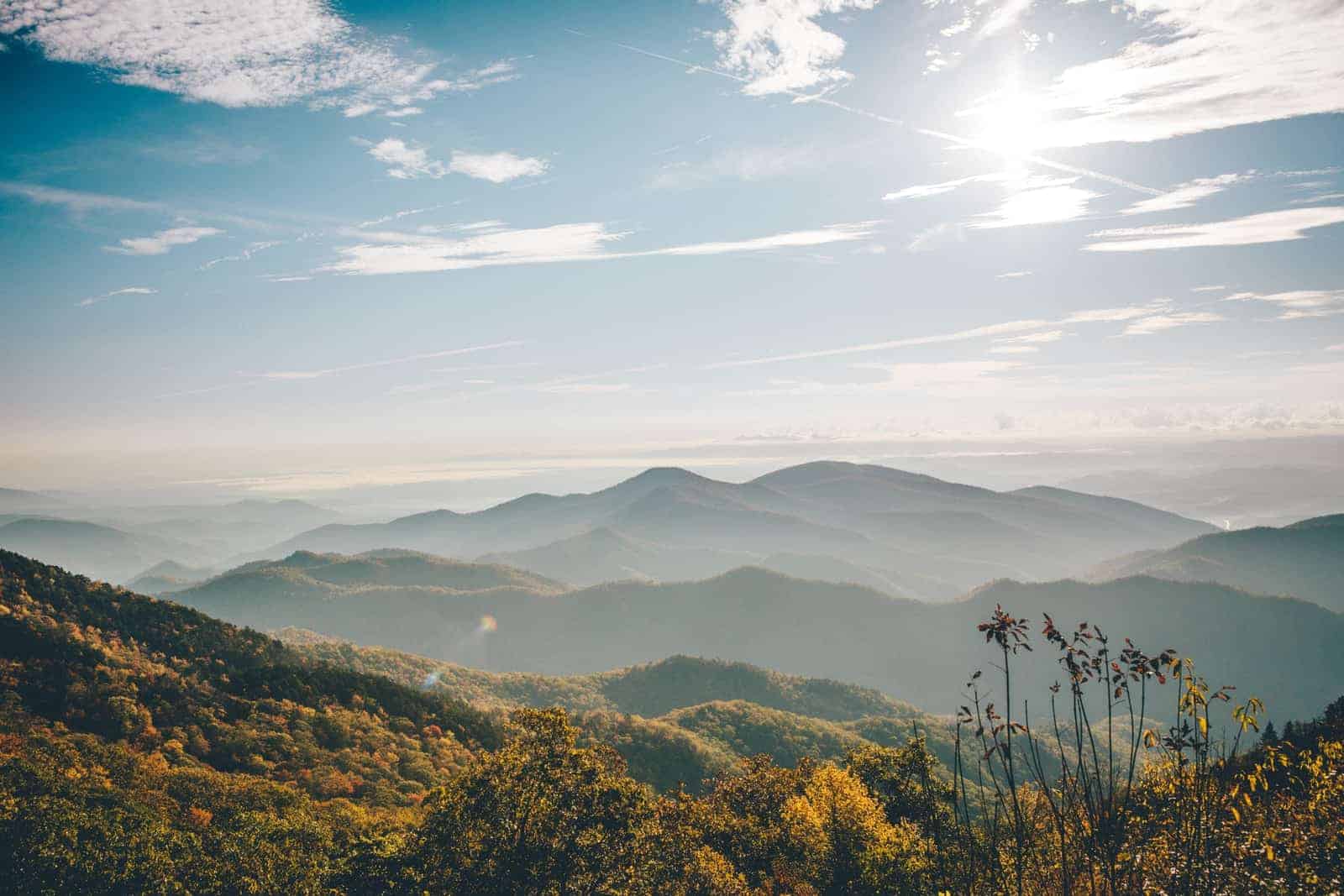
Outdoor Activities: Where the Ground Does the Talking
Pisgah doesn't advertise.
It's just there, half a million acres of old hardwoods, cold streams, and CCC-era trails that climb whether you're ready or not.
Linville Gorge pushes harder. Officially a Wilderness Area, which means no blazes, no fixed steps, and no help if you misjudge your footing.
You move carefully, or you stop moving.
Near Charlotte, the U.S. National Whitewater Center runs on engineered intensity, Olympic-grade rapids, climbing walls, and trail systems packed into 1,300 acres.
It opened in 2006, but it doesn't feel polished. None of it does. That's part of the appeal. The state leaves the edges rough on purpose.
Culinary Delights: Where Smoke, Salt, and Time Do the Talking
Lexington barbecue doesn't bother with introductions.
Since the 1910s, pork shoulders have hit open pits, been burned down with hickory, and come out tangled, smoky, and soaked in vinegar.
By the 1980s, dozens of shops lined the streets, each one slightly different, none of them guessing.
East of I-95, in places like Goldsboro, whole hog cooking never stopped.
Every part gets used. Every sauce bottle stays thin and sharp. And down by the coast, Calabash kept its pace.
Fry houses were turning out flounder and oysters by the 1930s, no garnish, no drizzle, just seafood hot from the pan and gone in minutes.

Family-Friendly Attractions: Built for Movement, Noise, and Repeat Visits
The North Carolina Zoo in Asheboro doesn't operate like a zoo.
Opened in 1974, it covers more than 2,600 acres. No concrete moats. No steel bars. The habitats stretch wide, and walking between them takes hours.
That's on purpose. In Raleigh, Marbles Kids Museum stays kinetic, opened in 2007, designed for climbing, running, touching, and repeating.
No lines of glass cases. No hush in the corners.
And near Blowing Rock, Tweetsie Railroad still runs its coal-fired locomotive, first put into service in 1943, looping the hills since 1957.
Kids don't need the backstory. The whistle and steam do the job just fine.

Seasonal Events: What the Calendar Actually Means Here
In October, the North Carolina State Fair swells into Raleigh with a rhythm older than most of the rides.
The first one opened in 1853. Livestock stalls still sit near funnel cake stands, and neither has much trouble drawing a crowd.
Wilmington's Azalea Festival, launched in 1948, started with garden tours and parades; now it stretches across downtown with concerts, booths, and crowds shoulder-to-shoulder by mid-April.
In July, the Highland Games hit Grandfather Mountain.
Heavy stones fly. Pipes play for hours. The first event took place in 1956, but these days, it's less about ancestry than routine.
People come back.
Unique Attractions: The Offbeat, the Oversized, and the Dead-End
The Road to Nowhere starts outside Bryson City and ends, unceremoniously, in a tunnel.
Built by the federal government to connect Fontana Dam to isolated communities after the 1940s floods, the road stalled in 1972.
The pavement still stops mid-mountain. In Rose Hill, there's a frying pan, 15 feet across, made of steel, designed to cook 365 chickens at once.
It only gets used a few times a year.
In Littleton, the Cryptozoology and Paranormal Museum holds plaster Bigfoot prints, EMF readers, and years of handwritten reports.
No conclusions, no certainty, just people who kept looking anyway.
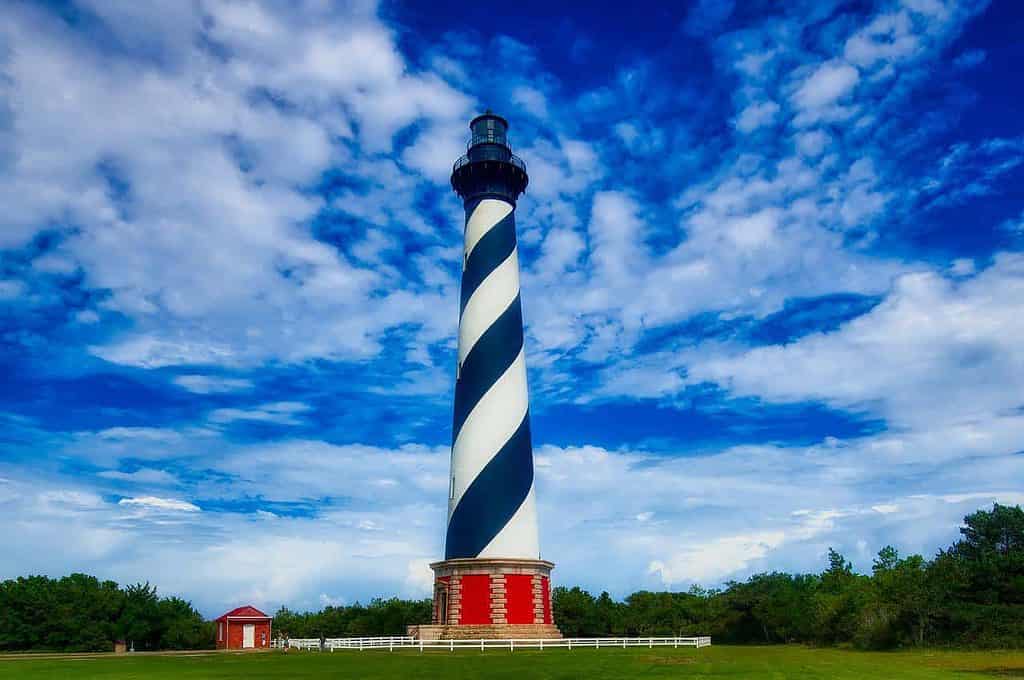
Everyday Free Time: Where Locals Spend a Saturday Without Trying
Eno River State Park fills up early on weekends.
By midmorning, the lot was packed, and the trails were full of kids, dogs, and float tubes dragged behind cooler bags.
It's not scenic in the postcard sense, but that's the draw.
Over in Saxapahaw, the old mill now holds a butcher counter, a coffee bar, and a stage.
The river runs just past the gravel lot.
In Carrboro, farmers' markets are set up before the sun clears the rooftops, and nobody seems to be in a rush.
These aren't destinations. They're places people already count on. No tickets, no promotions. It just takes time, used well.
🍀



